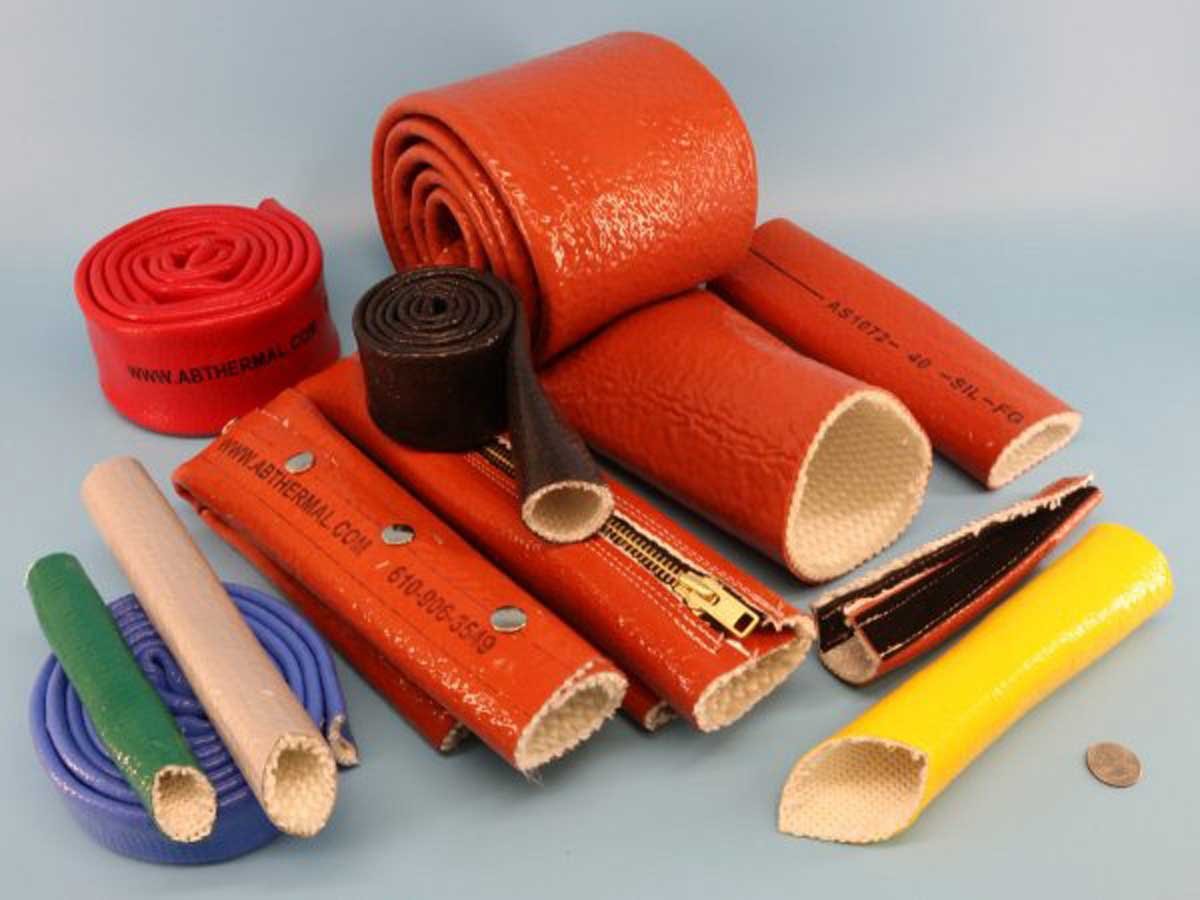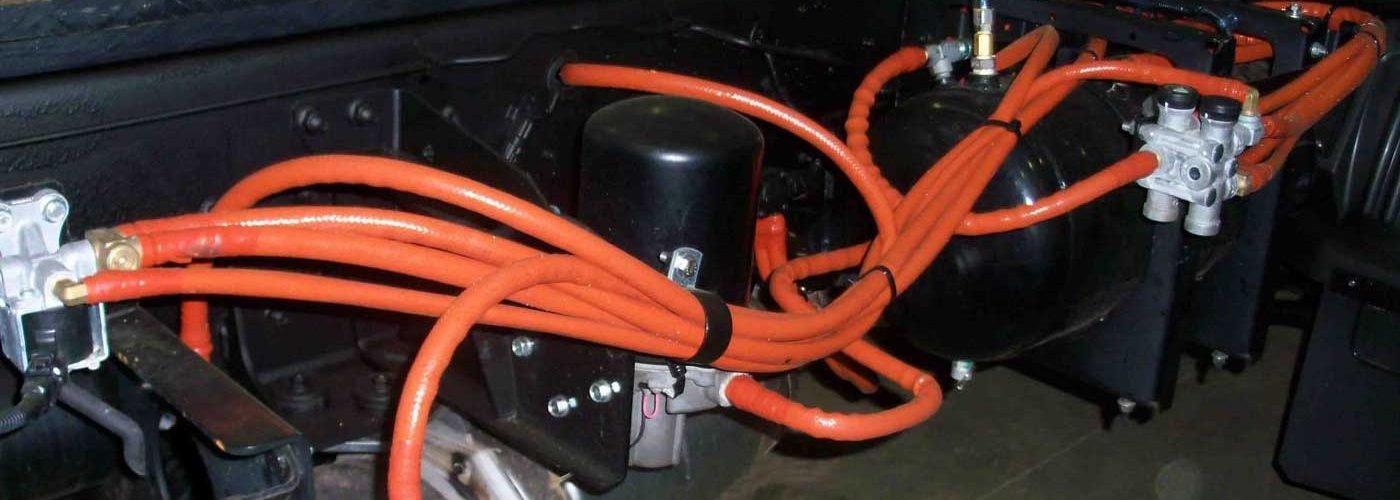Fire sleeve is well known for its insulation properties and dielectric strengths. They play a pivotal role in fire control and abrasion resistance in industries and aircraft.
Therefore, it is important to know about, especially, if you are linked to these fields. This article will help you learn about fire sleeves and their multiple benefits.
Table of Contents
Defining Fire Sleeve
Fire sleeve is an industrial generic term, used for a thick woven tube of fiberglass coated with iron oxide silicone rubber compound. An ideal choice for operations where there is a need to block the occasional radiant flow. The phenomenon of heart blockage by the ability of the fire sleeve to reflect heat instead of absorbing it. Indeed, dissipating it through the fabric.
It is commonly used to make hoses, and cable lines heat resistant. Allowing them to protect the flame and molten splashes.Fire sleeve developed in 1970, for providing flame protection in military aircraft, is now being used for various purposes. Their common application is as follows

Industrial Applications
Firesleeve is best in withstanding abrasions, and molten splashes are therefore used in industries like steel plants, metallurgical applications, and Electric Arc Furnace applications.
For example, EAF cable covers with their special features of simple-loop and- hook installation and custom fabrication make them most suitable for Electric arc furnace mini-mills.
Another worth mentioning industrial type of fire sleeve is the industrial pyrojacket. It is kitted with a high bulk glass fiber sleeve that can withstand repeated exposures to molten steel, molten aluminum, and molten glass up to 3000°F (1650°)
Aircraft Applications
The aviation-style fire sleeve is thicker with dense inner glass fiber as compared to those used in the industrial sector. Moreover, their properties of higher insulation values, increased strength, and enhanced abrasion resistance with the ability to withstand continuous exposure to high temperature is amazing.
These temperatures range from 500° F to 2000°F or even up to 3000°F for almost 15-20 minutes. It is utilized in aircraft in such a way as to provide the pilot a short window to land safely on the ground before the failed hoses compound a potential dreadful situation.
Moreover, in tight engine compartments, the application of fire sleeves is more as the chances of the hose getting fire from the exhaust system are more. However, the application of fire sleeves in the aircraft depends on the operating environment of the aircraft and the regulations made for each category of aircraft.
Their advantages in aircraft maintenance are wide.
Oil Line Protection
The absence of such a heat-insulating material in aircraft oil lines can cause them to burn to allow the oil to contribute to the fire. Therefore, increasing the intensity of the damage. As most of the small commercial aircraft cannot shut down the oil system. Given, this high potential of oil lines to create lethal damage to the aircraft makes the application of heat withstanding material like fire sleeves is compulsory.
Vapor Lock Prevention
Fire sleeves are used in fuel systems and hard lines. Unable to use these can cause the temperature under the cowl to cause vapor lock in the fuel system. Resulting in the stoppage of the aircraft engine.
Resistance Against Temperature Cycling
Other than kinking and chafing, hose assembly failure can also result from temperature cycling. Disturbing the durability of the hose, causing it to break down at the molecular level.
The breaking down of hose rubber causes the rubber to flake off and contaminate the fuel or oil system. Firesleeve is a solution to these brittle and inflexible hose conditions.
Their use not only reduces the chances of fuel and oil system contamination; but also increases their durability by withstanding the constant exposure of hose to the engine compartment temperatures.





